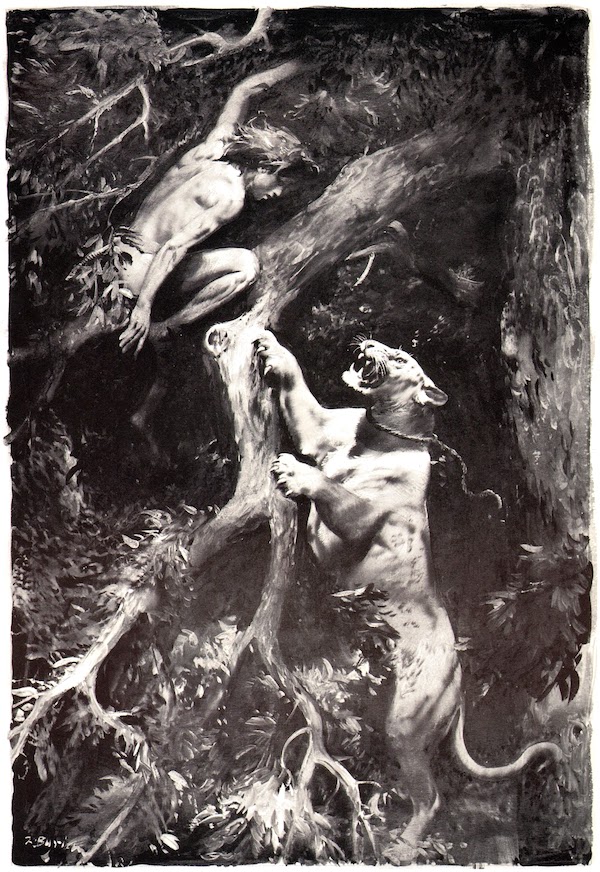Raymond Hood (1881-1934), Wikipedia entry
here, designed many important buildings in the years leading into the Great Depression of the 1930s.
I wrote about him
here in a post titled "Raymond Hood: America's Most Competent Architect?" I began by contrasting him with Frank Lloyd Wright, contending that while Wright was more creative, Hood was more versatile. I remarked:
"I base my contention on Hood's ability to do outstanding work in several styles: traditional, Deco and modernist. Besides his skyscrapers, Hood also designed a resort and houses -- including his own traditionally-designed place in Stamford, Connecticut...
"Hood's career was short but brilliant, lasting about a dozen years up to his early death at age 53 when he was associated with the Rockefeller Center project. It's difficult to predict how he might have evolved had he lived another 20 or so years. Certainly the Depression would have curtailed his output, yet he would have been around in time for the start of the post- World War 2 building boom. My best guess, given the flexibility he exhibited in the 1920s and early 30s, is that he might well have out-Miesed Mies van der Rohe in the 50s."
Today's post includes additional views of his best-known works along with some lesser-known designs. I should note that Hood frequently collaborated with other architects, including the major team effort involved in the Rockefeller Center project. That said, Hood's influence was likely primary in such cases.
Some of the images below can be enlarged by clicking on them.
Gallery
Tribune Tower - Chicago, 1924
This skyscraper with Gothic trim helped launch Hood's brief career.
American Radiator Building - New York City, 1924
The exterior décor here is still pre-Deco, pre-Moderne, but edging in that direction.
New York Daily News Building - New York City, 1930
A Moderne style skyscraper with setbacks helping make the structure more interesting than post- World War 2 slab-style buildings. Behind its top is Tudor City, an interesting set of apartment buildings built a few years earlier and not designed by Hood.
McGraw-Hill Building - New York City, 1931
Whereas the Daily News Building had vertical cladding, the McGraw-Hill's theme is horizontal. Perhaps Hood thought this was more "functional," but it made the building seem more squat, less attractive than it might have been.
Rockefeller Center - New York City, 1939 photograph
By the time this photo was taken, the initial project was essentially completed. Since then, there have been additions and modifications.
Lesser-known Raymond Hood projects
St. Vincent de Paul Asylum - Tarrytown, New York, 1924
Likely built on a tight budget, exterior décor is in the form of window shutters and what seems to be flat stonework.
Masonic Temple - Scranton, Pennsylvania, 1929
A tradutional style design, probably at the insistence of the client.
Ideal House - London, England, 1929
A Moderne slab with Deco trim.
William R. Morris residence - Greenwich, Connecticut, 1927
Traditional, with a Scottish feeling.
Joseph Patterson residence - Ossining, New York, 1930
Patterson was publisher of the New York Daily News. This is an International style exercise.
Raymond M. Hood residence - Stamford Connecticut, 1924
Hood's own house was traditional. Perhaps he might have gone Moderne or International had it been built a few years later. Or maybe he had enough sense to prefer a comfortable, place to live, and not an architectural statement. By that time his career was launched, and he didn't need to make his house a marketing tool.

















































